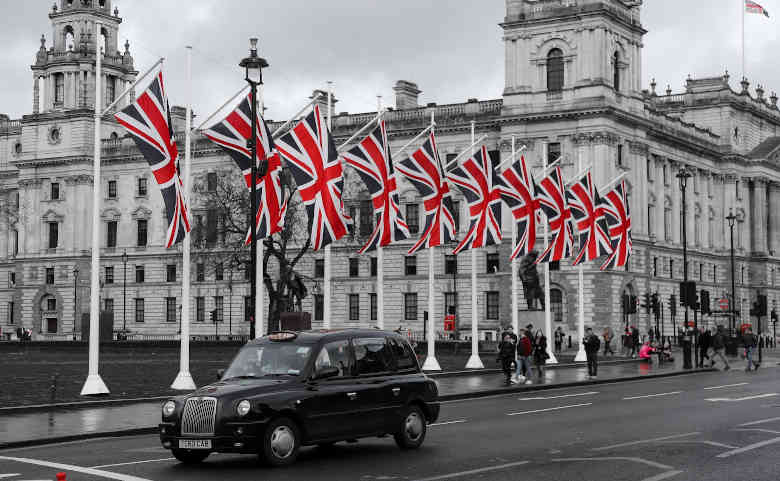The Daily Telegraph, June 11 2023, Professor Robert Tombs
Experts did not predict the fall of the Soviet empire. Nor did its rulers. Millions of people brought it down by breaking through closed borders and defying what had previously seemed the invincible forces of the state. With hindsight it seems inevitable. But it was unimaginable for most people at the time – until it actually happened.
This seems the almost invariable pattern, whether in the fall of far-flung empires or in revolutions within single states. No one expected a French Revolution that would bring Louis XVI to the guillotine. No one expected an upper-class rebellion in Palermo in 1848 to turn the whole of Europe upside down. Who thought the suicide of a street trader in Tunisia in 2010 could do the same to the Arab world? The German empire collapsed in 1918 only months after it had nearly won the First World War. Despite emerging victorious from the Second World War, the French and British empires began unravelling just as Paris and London were planning new colonial partnerships.
During the 1970s, when revolutions seemed on the cards – but weren’t – social scientists tried predictive models. Perhaps if one could identify the tipping point in popular discontent, or look for tell-tale signs of “disappointed expectations”, one could anticipate or prevent political collapse.
That never truly worked. Lenin, who knew a bit about such matters, gave a clue: “it is not enough for the lower classes to refuse to live in the old way; it is necessary also that the upper classes should be unable to live in the old way”. States – even medieval and early modern states such as Louis XVI’s France – can usually defeat internal dissent. Stone throwing mobs stood little chance against soldiers firing grapeshot, and even less against tear gas, water cannon and tanks.
Click here to read the piece in full.

